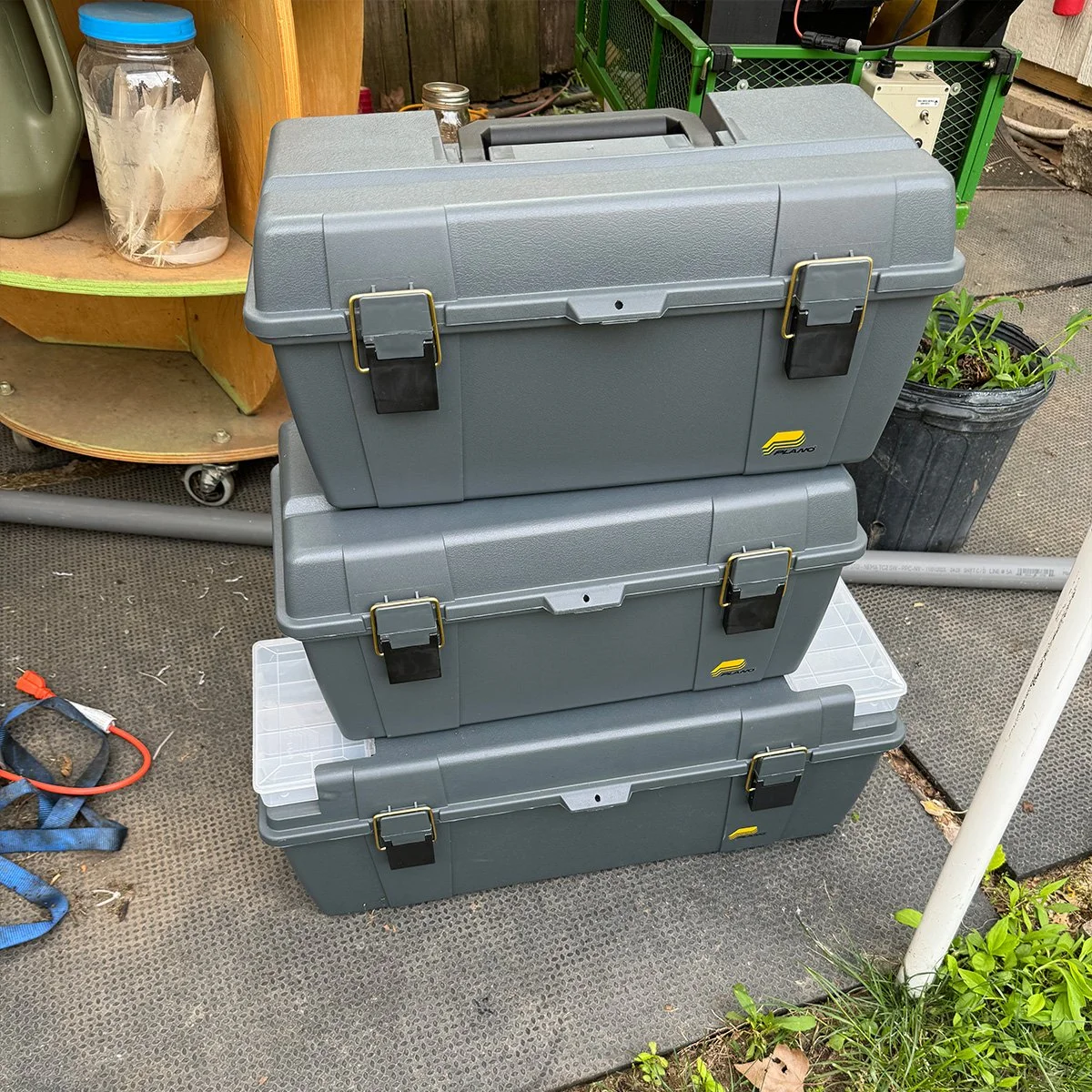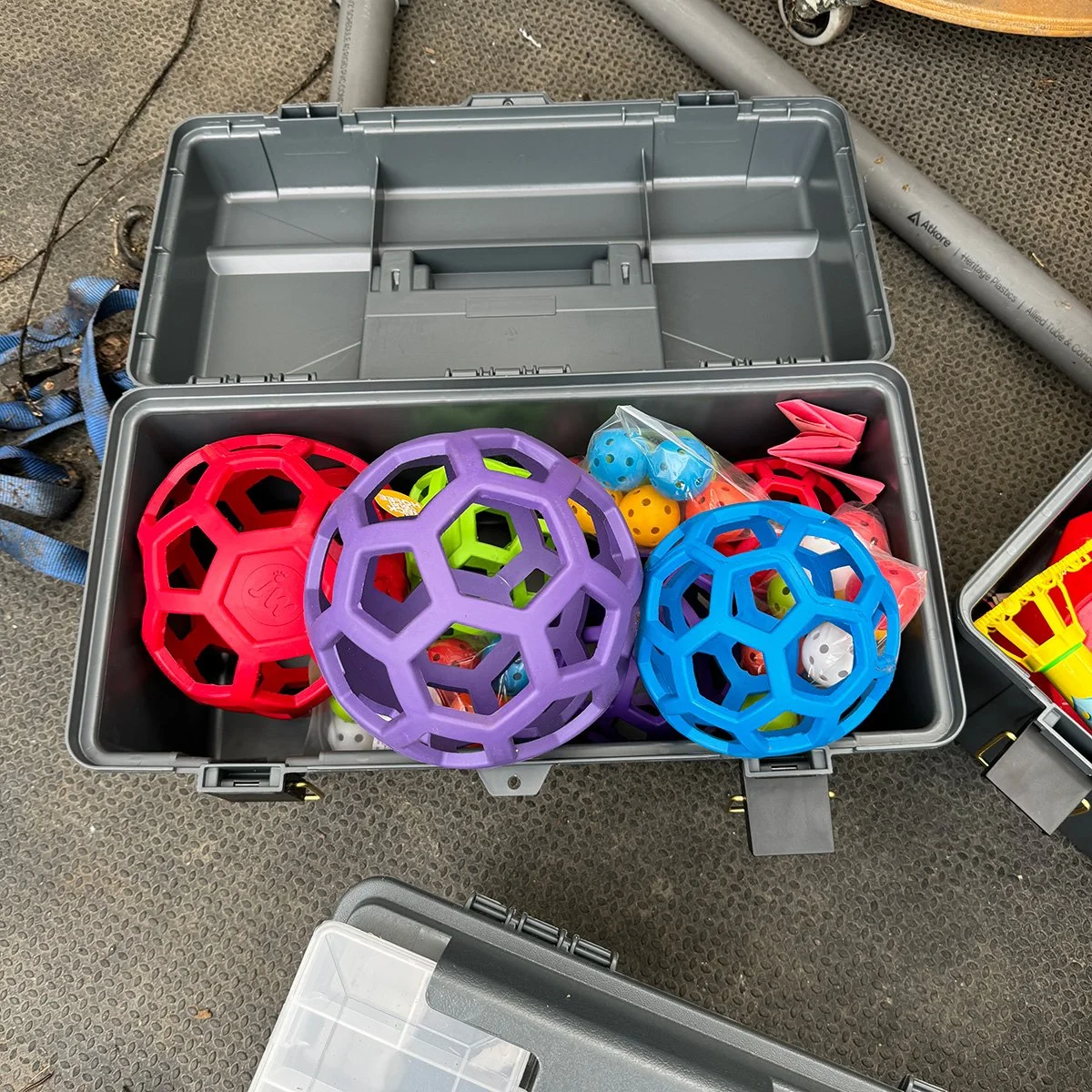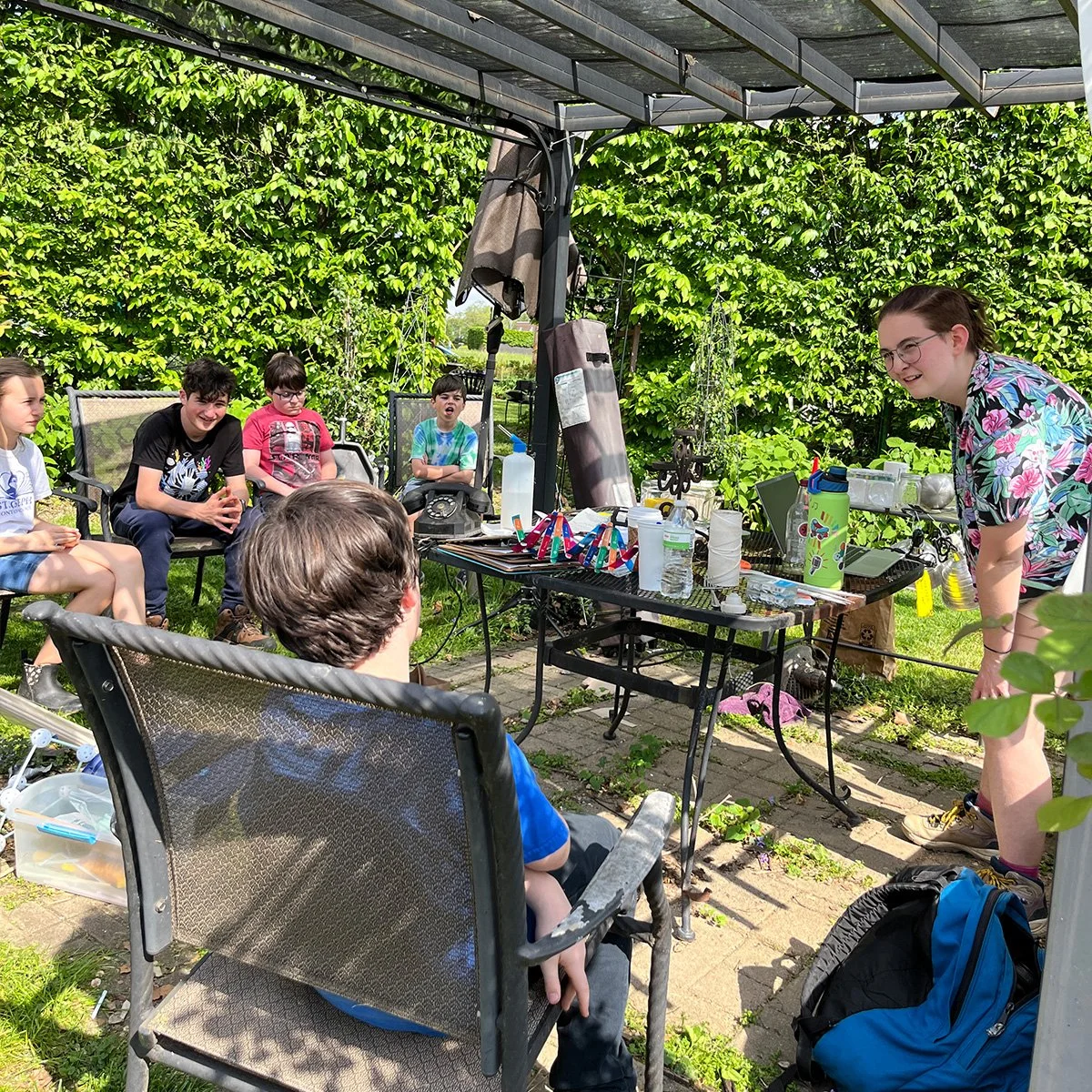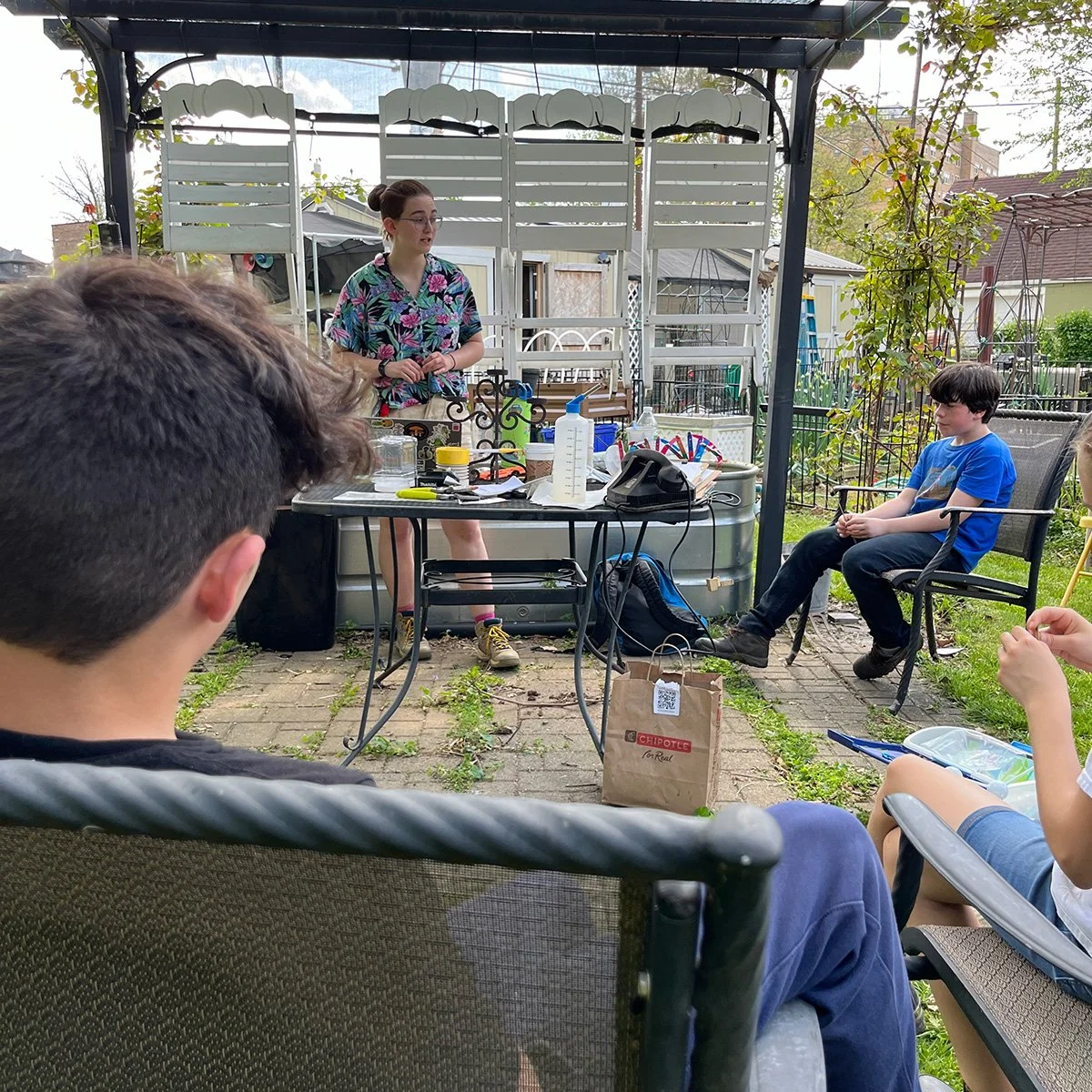Metro High School 2024 Intern
Meet Circinus, a brilliant educator and designer I had the great privilege to work with this year.
Every year, Mezzacello Urban Farm takes on an intern. This years’ intern was a Metro Bodies Learning Pathway student named Circinus. Circinus’ capstone project was to create a series of self-enclosed and transdiciplinary design challenges that were to accomplish five goals:
They must feature a component of biotechnology, bioengineering, biomechanics, or quantum effects in nature.
They must be simple and flexible enough that we can hook them into other programming at Mezzacello.
They must be easy to enough to obtain from off the shelf components.
They must be easy enough that a cadre of middle school students can use these tools to teach other students.
Their design and implementation must include at least two trainings and include pre-and-post assessments.
Achievement Unlocked
Circinus is already a seasoned Girl Scout Councilor at Girl Scout camps. I knew they were up to this. I think that they are one of the most imaginative and clever — as well as sensible educators I have worked with. I wanted more, more, more, and calmly Circinus would remind me of those five goals.
Through trial and error we came up with three clever design challenges and we bagan building and testing them. Circinus did the bulk of the planning and all of the writing. I helped procure materials and provided test audiences and presentation events.
The final three design challenges were:
1 - Molecular Mettle: an exploration of how six simple elements that exist on earth account for massive impacts in the atmosphere, hydrosphere, ecosphere, and pedasphere. Nitrogen, Hydrogen, Carbon, Oxygen, Phosphorus, and Sulpher. The goal was to explore the cycles of these elements and the important molecular components and how they interact in the sky above earth, on the surface of the earth, and below the earth. Each level has a piece of paper that students record what they have learned about the element and its molecular configuration. They write this on paper and then create a origami bird, an origami rabbit, and a origami cicada. Each origami animal goes into the elemental ecosphere and then the design challenge teams tell the entire story of the life cycles as a presentation.
2 - Simple Machines Solitaire: students are given five cards with pieces of three devices as a diagram of how that device works. They must trade cards to find the parts that they think go with their mechanical device. The catch is, they only get three hands to trade cards and then when the game is up, they have to have the cards in the correct diagram order. Then they switch teams and the next team has to rebuild that device and figure out what six simple machines are being used in that device.
3 - Water From Waste: an exploration of how nature purifies moderately dirty water, mechanically, chemically, and using surface area geometries. Students build a four container tower that attaches together with Nd magnets. In these four towers they are given two options for materials, natural sand or metal bbs, natural gravel or glass marbles, natural river rock or plastic legos and circus animals. the challenge is to discover which method works better and why. The students then use sophisticated sensors and water monitoring tools to check results and then report out their findings.
I should point out here at this point that Circinus also designed a fourth design challenge aimed at getting students to explore STEM identity and problem-solving through a dungeons and dragons role playing game. Their super powers must have a STEM component and a real world science base. It was a complex game situation and we wanted to finish the design challenge in time for capstone.
The Final Design Challenges
Here is a gallery of the final design challenge packages:
Top Left: the three design challenge boxes in waterproof cases. Top Right: Simple Machine Solitaire. Bottom Left: Molecular Mettle. Bottom Right: Water From Waste.
Circinus did a great job not only designing the design challenges, but in teaching them and recording observations and pre and post assessment data. It was a very good internship, and I learned a lot as well. I am excited to incorporate these into my summer camps and workshops and to attend their capstone today to talk about their work and present it to a relevant audience along with their research and scientific poster.












